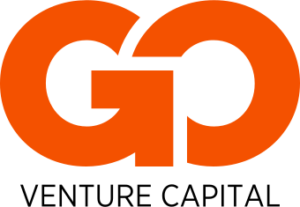Most B2B sales teams have a quota to meet. In order to fulfill that quota, they need to find new clients and obtain the necessary budget. They also want to close sales faster and deal with clients who respect their time. To improve B2B sales, here are 3 ways your sales team can do better at meeting quotas, closing deals and serving customers.
Process Improvements: Instill Pipeline Discipline
The pipeline is where sales happens. If you don't have a good pipeline, you won't have good sales.
The quality of your pipeline is dependent on both the number of opportunities and the stage at which they are in the buying process. A quality pipeline should include a certain number of opportunities at each stage that reflect an appropriate percentage of the total. For example, if you're running a $100,000 deal, it's not appropriate to have three prospects at the beginning of the pipeline and 30% of your quota in one account at the end.
What is appropriate depends on your sales cycle and the size of your average order value (AOV). It's important to consider both when setting up your pipeline.
Doing so allows you to set expectations for yourself, your team and management about what needs to be done to close deals and hit targets.
Sales Incentives: Quota Credit Multipliers or Added Commission
A quota credit multiplier is a sales compensation plan feature that allows salespeople to count more than 100% of the revenue they generate. If you are an SVP of Sales and your plan has a quota credit multiplier of 120%, if your rep sells $100k, they get paid on $120k. This is a very powerful tool in the sales compensation tool kit because it can be used to both motivate and retain top performers.
Added commission is another way to incentivize your team to close business sooner rather than later. If you are an SVP of Sales and you add 5% commission for deals closed by the end of quarter, then the seller is motivated to close their pipeline before then, or at least before their competitors do.
Because added commission is only available for a limited time, sellers can use this as an excuse to make more outbound calls and emails to prospects who have been sitting on the fence (and oftentimes these prospects will buy when they know there is an incentive).
Client Incentives: Early Renewals with New End Dates
One of the most common B2B sales tactics we've seen for improving sales at a company is to offer client incentives for renewing their contract early. If, for example, a customer's contract is set to expire in six months, you may want to reach out and offer an early renewal with a new end date (such as one year from the early renewal date). Early renewal incentives can include anything from a discount off the monthly rate to a free add-on service or product.
The gist of this strategy is that you're getting them locked into another year of service without having to go through the sometimes tedious process of waiting until their contract expires. The benefit for your customer is that they'll get whatever incentive you choose to offer them. For example, if you charge $200 per month for your software service and choose to offer an early renewal incentive of 20% off the monthly rate, they'll receive the service for $160 per month instead.
Thinking long term here, if you have 100 existing customers who are on annual contracts and are six months away from renewal, you're losing out on $48,000 in revenue over that six-month period. But by offering your customers discounts or add-ons as an incentive, you may be able to pull ahead of your initial profit projection.
The single biggest challenge for B2B salespeople is the nature of B2B buying. These transactions are often complex, and feature a number of stakeholders. The buyer's journey is this long and winding road you have to guide them down. And then there's the whole issue of enterprise sales itself (as opposed to small business sales), which is a separate issue that can't be overlooked. That said, each channel above has its pros and cons. But they're all powerful tools in an enterprise salesperson's arsenal, and using them together can increase your chances of making a sale.
